4G LTE technologies and smartphones with their support
In the descriptions of the characteristics of smartphones and tablets, many, probably, have repeatedly come across the abbreviations 4G LTE. Almost every second gadget supports networks of the fourth generation. Tariffs of the largest mobile operators everywhere are switching to supporting high-speed Internet. No wonder: we live in the world of social networks and round-the-clock online communication, constantly surround ourselves with information flows. If a few years ago we were satisfied with the speed of the third generation network (3G), now we need high-speed data transfer. It is provided by devices equipped with a 4G LTE module. We will understand the terminology: what do these mysterious letters mean, how does 4G differ from LTE, and can inexpensive 4G smartphones be found on the market?
Content
What is LTE
LTE Wireless Format - ultra high speed data transfer. The abbreviation itself stands for Long Term Evolution, which means “long-term evolution”. This network has evolved from early technologies EDGE and HSPA. LTE appeared earlier than 4G and in a sense is the first level of development of new generation networks.. Initially, the data transfer rate over the air with the LTE module reached 70-80 Mb / s. That was about 10 years ago, and over time the figure reached 350 Mb / s. It is this peak speed that LTE technology provides due to the powerful bandwidth of the communication channel and signal modulation. Nevertheless, LTE in a smartphone repeatedly exceeds the same 3G and other wireless networks in many ways.
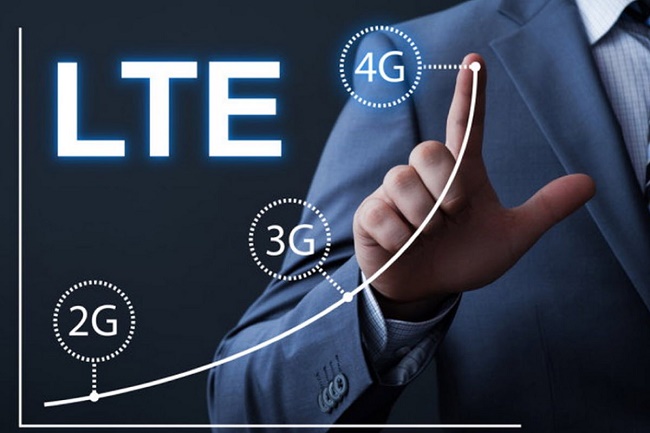
On a note! 4G LTE markings are often combined into one concept. As a rule, gadget manufacturers do this to attract customers: LTEs in a smartphone are issued for a full 4J, although this is not always true. Still, the Long Term Evolution network does not meet the minimum requirements of fourth-generation networks (the exception is the newest LTE Advanced standard). In spite of this,the international telecommunication union allows for the unification of labels, and companies use a marketing tool to increase sales.
What is 4G
The development of the 3G network once allowed mobile users to literally "fly" on the Internet. Of course, for these purposes there is Wi-Fi, but it’s not possible to find a free access point everywhere. However, progress does not stand still, and the new standards are replaced by new, more advanced ones. Now the future for 4G, or the fourth generation - the fourth generation network. It is used to transfer data at speeds up to 1 Gb / s (for fixed subscribers) and up to 100 Mb / s for customers with high mobility. A “mobile” subscriber is someone who goes to the Internet from his smartphone, being away from home, more often in transport (for example, in a car or train). For the first time, the basic network standards of a new generation were approved in 2008, in Switzerland, at a conference on the development of wireless technologies. In essence, 4G is a wireless broadband connection that transmits voice and information simultaneously at high speed. And the signal is ten times faster than in the 3G network. 4G combines a whole set of new generation networks, including LTE mode and WiMAX technology.
About 10 years ago, 4J support was out of reach for most operators. Today, telecom companies are actively improving their networks to the fourth generation standard, equipping more and more radio towers in cities. The only thing that is required from the subscriber is to have a device that supports 4G.
What is the difference
At first glance, 4G does not differ from LTE. These technologies emerged almost simultaneously, similar in principle of operation (wireless communication) and the main goal (high-speed data transfer). Both standards provide a packet information protocol. But, as mentioned above, LTE is included in the concept of 4G itself and is rather its subtype. Here are some more differences for those who do not want to be confused in Internet terms.
- Hate data rate in 4G above.
- High throughput values.
- The maximum data reception speed in LTE mode is approximately 30 Mb / s, in the present fourth generation - 50 Mb / s.
- 4G is compatible with 3G, LTE is not. So, if you leave LTE support zones and go to a zone in 3D, the network will fail on your device.
LTE support by operators and phone
With the increased popularity of 4G LTE, it has become obvious to mobile operators that it is necessary to modernize their networks. Gradually, large towers began to be installed only in large cities, but every year the coverage of the fourth-generation network is expanding. The big four operators of Russia also joined the promotion of 4G, adapting their tariff plans to the new conditions.

Currently, MegaFon is the leader in supporting LTE frequencies - their service covers more than 30 regions in the country.. Moreover, the company actively locates base stations even in populated areas with a small number. High internet speed and a huge coverage area are undoubted advantages of the operator. True, you have to pay for quality, since MegaFon’s tariff offers are expensive.
On a note! In addition, high quality 4G coverage is supported by MTS, Beeline, Tele2 and Yota. Of these, Tele2 has the fewest base stations, so there are often network interruptions in the 4G coverage area. But the cost of the service is significantly lower than its competitors.
Before connecting this format, first of all, you need to find out if your region is within the coverage area of 4th generation networks.If in the area where you live, 4G is “caught” without any problems, then we recommend choosing the most optimal tariff plan. Generally, packet tariffs with a limited amount of traffic are most suitable. For regular use of high-speed Internet will need a lot of gigabytes, if not unlimited. Now each mobile operator has separate tariffs for smartphones, tablets and PCs of a standard computer, so it’s easy to choose the right one.
How to know if the smartphone supports 4G LTE? For this there are some tips.
- Check your phone documentation: it should indicate the data transmission standards for a particular device.
- Go to the settings of the gadget and mobile connection options. In the section “Network type” (or “Network mode”) you can find out which networks are supported on this phone.
- If there is no documentation on hand, device information easy to find on the official website. Find your smartphone model and carefully study the characteristics of communication.
LTE 4G Low Cost Smartphones: Top 5
Now you can find on sale very cheap smartphones supporting 4G.Gadgets of Chinese corporations such as Honor, Meizu, Xiaomi are in special demand. With a relatively low cost, they have a rich functionality and show high-quality stable operation. However, the oldest world brands also have several budget 4G phones.
5. vivo Y81
it cheapest 4G smartphone in our top. The cost of the model is 9 990 rubles. For this amount, you get a quality assembled gadget with a huge screen of 6.22 inches and with LTE support. The display is strongly elongated, since aspect ratio is 19: 9. The device works stably and quite quickly, despite the nondescript MediaTek Helio P22 processor on board. As installed by the manufacturer of the OS here is Android 8.1 Oreo.
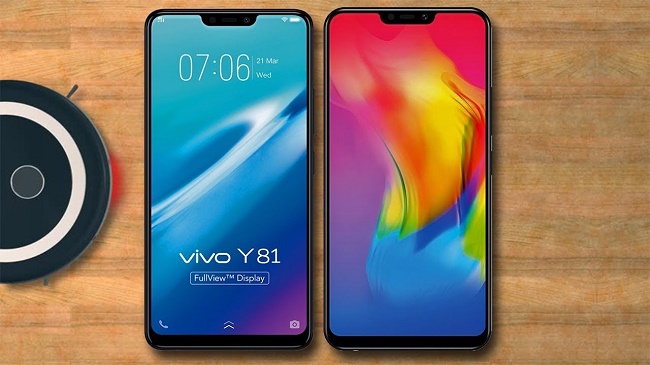
For performance here are responsible 3 GB of RAM and 32 GB of internal memory. This will be enough for the daily work tasks of an undemanding user. Let us single out the tolerable work of the rear camera at 13 megapixels and the front camera at 5 megapixels. The quality of the pictures in good lighting pleases, but when shooting at night, the detail of the images drops dramatically.
On a note! Vivo Y81 has a feature called AI Face Beauty (face recognition).With it, unlocking is performed here - unexpectedly for a smartphone-state employee.
The battery in Vivo Y81 has a capacity of 3260 mAh. This volume will be enough for a day of moderately intensive use.
- data transfer at high speed;
- 4G LTE stable performance;
- large display;
- high-quality color rendition;
- face recognition;
- device ergonomics;
- a lot of memory.
- inconvenient settings menu;
- NFC is missing;
- mediocre cameras.
Vivo Y81 on Yandex Market
4. Samsung Galaxy J4 (2018) 3 / 32GB
Another cheap smartphone with 4G, but this time from the well-known Samsung brand. The average cost is 10,800 rubles. The model has a high-quality display with a diagonal of 5.5 inches, a very bright and contrasting SuperAMOLED matrix and a classic 16: 9 screen aspect ratio. The device has two SIM card slots and a separate microSD card traytherefore, the user will not have to puzzle over whether to install a SIM or expand the internal memory. The smartphone perfectly supports 4G LTE standards, Bluetooth communication interfaces, Wi-Fi. Thanks to the battery capacity of 3000 mAh, the battery has an average of 2 full days (with moderate use). The battery is removable.
Also here there is a rather high-quality main camera 13 megapixel withLED autoflash and 5 megapixel front camera And if the pictures from the rear camera will pleasantly surprise with richness and detail, then selfies are worse: blurry and faded.
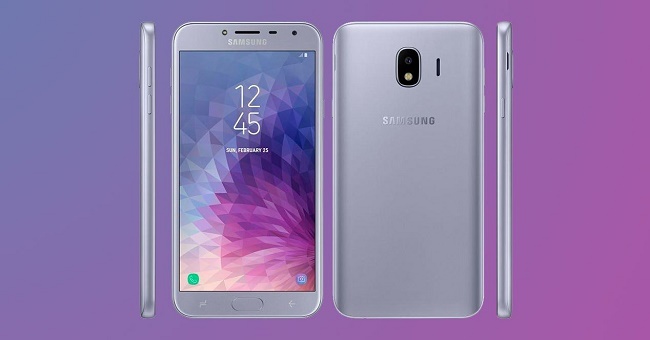
The budget of this gadget produces a design without interesting finds, also in a plastic case. Below there is a mechanical central button - to someone it will seem like a relic of the past. For the stable operation of the device meets the budget quad-core Exynos 7 7570 processor with a frequency of 1.4 GHz, 3 GB of RAM and 32 GB of internal memory.
- classic design;
- good picture quality;
- long keeps the battery;
- amount of RAM;
- latest version of Android;
- separate slot for a memory card.
- no fingerprint scanner;
- plastic case looks cheap.
Samsung Galaxy J4 (2018) 3 / 32GB on Yandex Market
3. Honor 7C 32GB
Honor 7C falls into the category of budget devices with support for most frequency bands. Thanks to the integrated LTE module, this 4G smartphone provides high data transfer rates of up to 350 Mb / s. The device functions without problems in the networks of large operators, showing a fairly stable operation of the Internet. The device is made of plastic, for the protection of the screen is responsible 2.5D glass and a thin oleophobic coating.The smartphone is controlled using a 5.7-inch screen with a resolution of 720 × 1440 pixels and an aspect ratio of 18: 9. Despite the unusual dimensions, the device is comfortable to use, it fits easily in your hand.
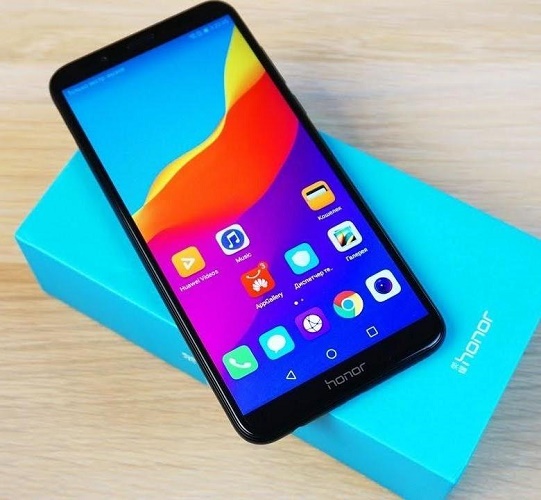
As the "iron" here stands average processor performance Qualcomm Snapdragon 430 MSM8937. Bright work without interruptions and freezes guarantees a good combination of memory: 3 GB of RAM and 32 GB of built-in memory. There is also support for microSD cards up to 256 GB, so even with a separate slot. You can highlight quality dual rear camera (13 + 2 Mp) and front selfie-camera with 8 Mp sensor. The cost of this smartphone with LTE from the brand Honor is 10,990 rubles.
- speed;
- high quality processor and graphics accelerator;
- elegant design;
- support LTE-A Cat. four;
- rich color rendition;
- high quality of both cameras.
- short autonomous work;
- case thickness;
- facial recognition option is not stable.
Honor 7C 32GB on Yandex Market
2. Xiaomi Redmi Note 5 4 / 64GB
Among the many smartphones with 4G support, Xiaomi Redmi Note 5 stands out. To date, this is one of the best-selling well-known Chinese corporations. The current average price - 14 390 rubles.This is a model with a huge bright screen (5.99 inches diagonal) and excellent autonomy thanks to a capacious battery. The gadget is equipped 4000 mAh battery. Xiaomi Redmi Note 5 is designed for those who sit a lot on the Internet, intensively use instant messengers and social networks, plays in the average power of the game.
Despite the fact that the model has not all-metal, but a composite, partially plastic case, the assembly is of high quality. There is support for fourth-generation networks, decent data transfer speed. The phone does not slow down when performing all their basic tasks.
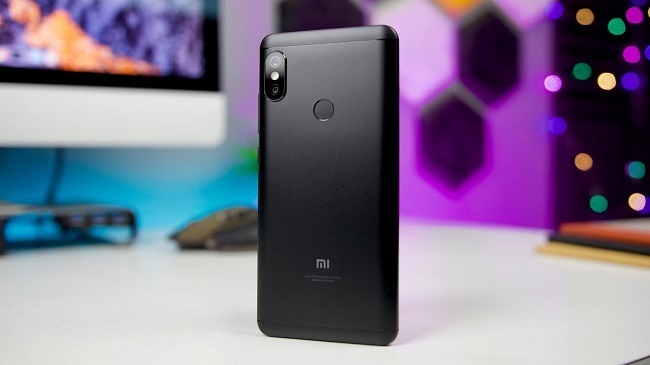
Among the technical characteristics we will single out an 8-core Qualcomm Snapdragon 636 processor with an excellent Adreno 509 graphics accelerator. There are as many as 4 GB of RAM in combination with 64 GB of internal flash memory. There is support for memory cards, however, the hybrid tray (you will have to sacrifice the second SIM card). Available high-quality dual 12 + 5 megapixel main camera, powerful front-end 13 megapixel and The latest Android OS version 8.1 with the original MIUI 9.5 shell.
- juicy and bright display;
- sound quality;
- powerful battery;
- support for all wireless frequencies;
- face recognition;
- system updates arrive "by air";
- great cameras.
- considerable dimensions;
- the lack of
Xiaomi Redmi Note 5 4 / 64GB on Yandex Market
1. Samsung Galaxy A6 32GB
Another device from the company Samsung - 4G smartphone Samsung Galaxy A6. This is one of the most affordable gadgets from reputable manufacturers with support for current frequency ranges. Price - from 13 620 rubles. Equipped with 5.6-inch screen, AMOLED-matrix, non-standard aspect ratio of 18: 9. Despite the huge screen, the gadget is comfortable to hold in your hand and carry in your pocket - the weight is light, the thickness of the case is small, the width too (thanks to the extended display). Metal body, there are several classic color choices.
The device operates on a smart, albeit budget Exynos 7870 processor with a frequency of 1.6 GHz. The user is presented with 3 GB of “RAM” and 32 GB of available internal memory. As a filling here, familiar Android 8.0. It works smoothly, without hangs. In addition, there are two cameras on board - a 16 megapixel rear camera with autofocus and a 5 megapixel front camera. Both cameras show good detail, rich color reproduction and have many shooting modes.
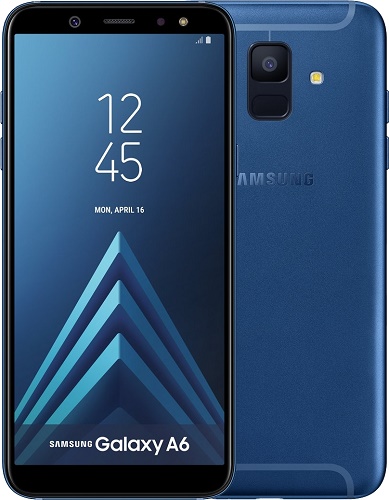
The battery capacity is 3000 mAh. Without additional recharging, the gadget will easily last a day of intensive use and up to 3 days with minimal use.Excellent autonomy here guarantees operating system optimization. Today it is the best smartphone for the Internet standards of the fourth generation.
- sleek design;
- display quality;
- performance;
- good ergonomics;
- high-quality assembly;
- almost a flagship camera.
- old type of micro USB connector;
- badly recognizes faces.
Samsung Galaxy A6 32GB on Yandex Market
Conclusion
Before buying a smartphone, we recommend that you decide how much you need a fourth-generation network. For example, if there is always a Wi-Fi access point at hand, it is not necessary to overpay for the LTE module in the phone. Nevertheless, the future is behind this communication standard, and even now many low-cost devices support 4G, and our top five is proof of that.

/rating_off.png)











